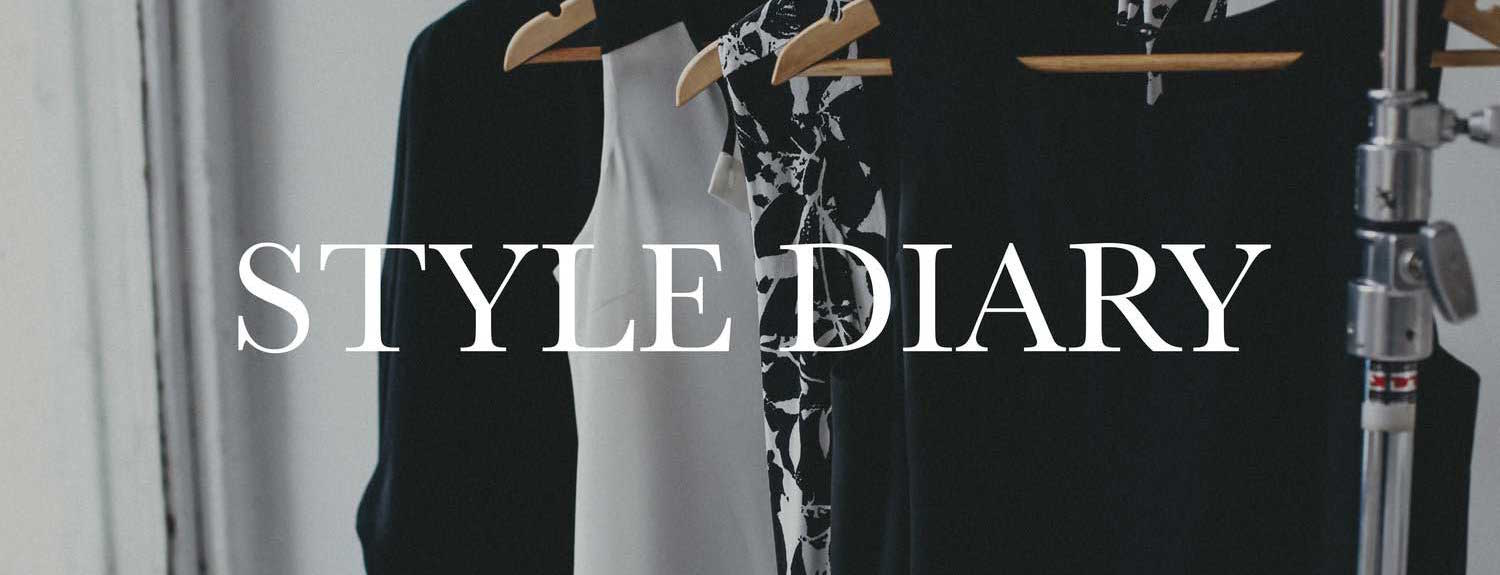Plus-size fashion has made great strides in recent years. It’s becoming more popular in mainstream markets and opening doors for body confidence movements of all stripes. Even so, there is still dissonance when it comes to the modeling side of the fashion industry.
Some so-called plus-size fashion lines and ad campaigns have been less than transparent about the model actual sizes. A few fashion houses tout women who are smaller than plus size but larger than traditional size as plus-size women.
Inequality in the Fashion Industry
For decades, models with perfectly slim proportions have dominated the fashion industry. From the catwalk to the cover page, only models who look slimmer than any normal person has taught us what to wear, how to wear it and that larger proportions simply don’t belong in anything trendy.
Over time, the illusion of slender perfection has dimmed somewhat. Many fashion shows have a somewhat more diverse set of body types. These types include ones that are larger than the stick-thin frame we’ve become accustomed to in mainstream fashion.
However, just because models are larger than a size 4 doesn’t automatically qualify them as plus size. That’s where a lot of people take issue.

Calvin Klein “Perfectly Fit”
A notable plus-size outcry arose around a Calvin Klein new lingerie line called Perfectly Fit. In 2014, this was one of the first fashion shoots to feature a plus-size model. It necessarily attracted a ton of attention from the plus-size and mainstream fashion industry alike.
Unfortunately, the model chosen to represent Calvin Klein’s “inclusive” clothing line, Myla Dalbesio, was far from the plus size most normal individuals would picture when considering the term. Dalbesio is a size 10. Photos accentuated her features like attractive collarbones, and the cameras caught an angle that gave her the appearance of a pretty-much flat stomach.
Outrage understandably erupted after the campaign, with a heated debate about what a plus-size model should look like. Many people wondered why the model chosen for the campaign because she wasn’t an accurate representation of the average plus-size woman.
The Perfectly Fit debacle brought to light a reality that still holds true for a good part of the fashion industry today. Designers aren’t using plus size models to represent their plus-size clothing lines.

“In-Betweeners”
Instead of using regular plus-size models, with measurements far above the industry standard of 34-24-34, many designers choose models who are only slightly above these measurements. Fashionistas slap the label “plus-size” on them because, well, they aren’t as skinny as other models.
These supposed plus-size models are slightly larger than average models. The models used in photo shoots who often wear sizes 8 to 12 are called “in-betweeners.” This means they’re in between the range for standard modeling but don’t fall into the qualifications for plus sizes either. At one point in time, being an in-betweener meant one thing: you weren’t a model. Now though, these models are highly sought after by designers to represent their plus-size lines.
Visual Tricks
Not only do in-betweeners not accurately depict the average plus-size woman, they are often padded to have the appearance of being plus size. These women going home without the extra curves. Yes, we’re talking stuffed bras and bodysuits, here.
Some size-12 models without double chins and unplanned lumpy areas are given specially designed foam or silicone hips and breasts to create generous curves in all the right places. This gives so-called plus-size models perfectly attractive slender waists and perfect curves to create the ideal hourglass figure.
Designers who give regular models well-placed curves don’t need to worry about accommodating love handles, spare tires and other trouble spots that actual plus-size women struggle with on a daily basis. Pre-planning their models’ curves gives designers an opportunity to have someone model a size-16 dress without having to accommodate the typical actual shape of the average size-16 woman.

Future Acceptance
Because of scrutiny surrounding deceptive plus-size ad campaigns and modeling stunts, some designers are cutting the nonsense and starting to work with actual plus-size models. As part of 2017’s NYFW, some catwalks featured 27 plus-size models who are actually representative of the average plus-size woman.
This type of body acceptance among some of the world’s top designers shows a shifting perception toward plus-size inclusion. In coming seasons, look for plus-size models who are actually plus size rather than smaller women wearing fat suits.
The plus-size movement is slowly gaining ground. Designers still face a significant learning curve as they expand their clothing lines or offer plus-size exclusives. We can’t promise you’ll see a plethora of truly plus-size models any time in the near future. However, we hope that early marketing blunders proved that designers need actual plus-size women to model their plus-size lines.
The post ARE PLUS-SIZE MODELS REALLY PLUS SIZE? appeared first on Plvsh Style.
